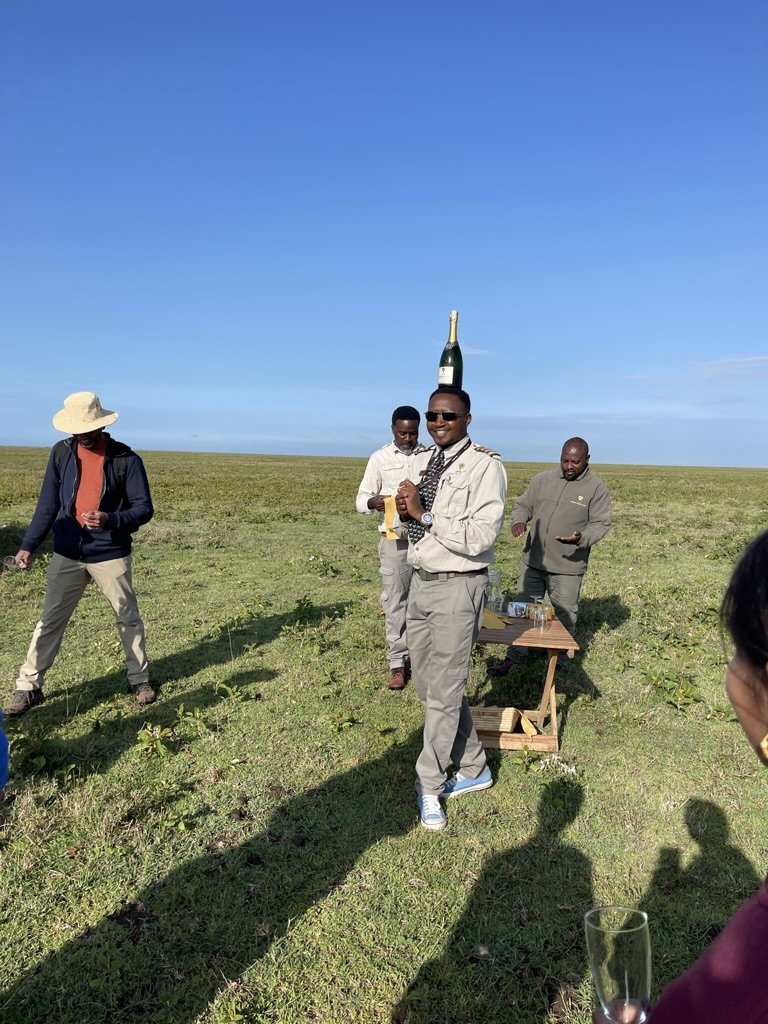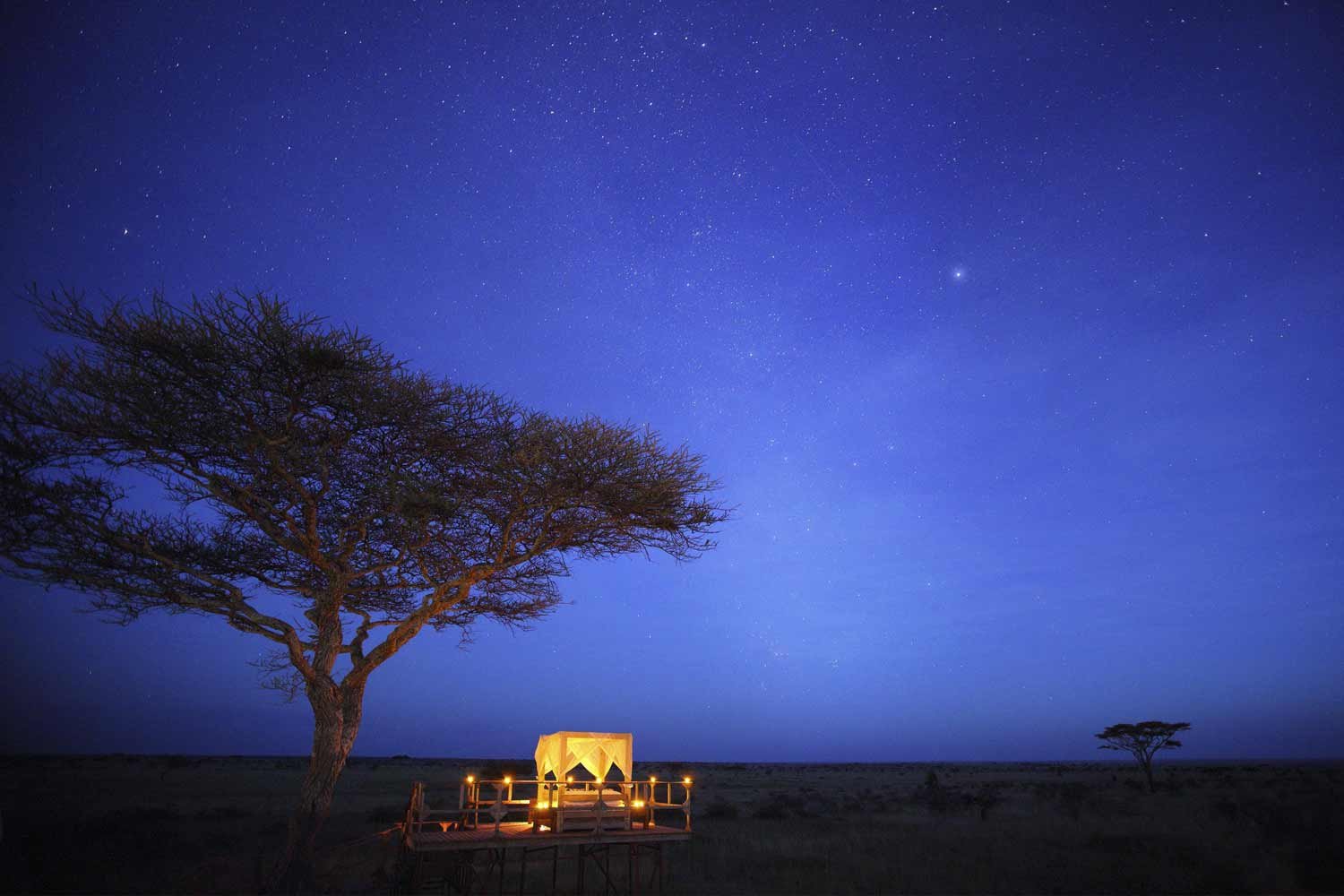Getting ready for your Safari? Think about the range of wildlife you will encounter, the experiences awaiting you, and the joy of rising at the same time as the sun to really make the most of your day.
That last part not quite your idea of fun? No worries – we are serving plenty of tea or coffee! Seriously though, I get it – those early morning wake-up calls can feel rough. But hear me out... because that first cuppa on Safari? Pure. Magic.
So, what can you expect? The sky is a swirl of pinks and oranges, and birds twitter enthusiastically all around you as your guide stops the vehicle. You take one look at your surroundings, and you know this spot is special – your guide’s favorite secret to share. Maybe a watering hole already dotted with thirsty animals on the banks or a clearing with a sprawling view of the plains.
It’s not long after getting settled that you smell the freshly brewed coffee or tea snaking through the crisp morning air, promising a jolt of energy (and maybe even a little extra oomph in the form of a cheeky dash of Amarula –a South African creamy liqueur). The sunlight slowly creeps across the bush, and as the warmth spreads, you might hear a rustle, a grunt, or a distant roar. This is the magic hour, folks. Wildlife is stirring, the bush is alive, and you’re doing more than just watching it happen – you’re a part of the experience.
These coffee and tea stops are about so much more than just that much-needed caffeine kick before a day of exploring the bush. They are about connection – with the wild, your loved ones, your guide, and yourself. Talk about a way to start your day!
So, as you’re packing your bags and preparing for your Safari, take a moment to look forward to those crack-of-dawn coffee and tea stops that await. Morning person or not, I guarantee they will be a highlight.
I get asked what coffee and tea are my favorites. I still love my Tanzanian Chai Bora tea. Over the years, I have tried a few different coffee beans and currently using Volcanica medium roast. I also enjoy my Africafe Instant Coffee - I know I know, instant coffee, but this takes me back home, and with milk, this is my go to coffee.






























